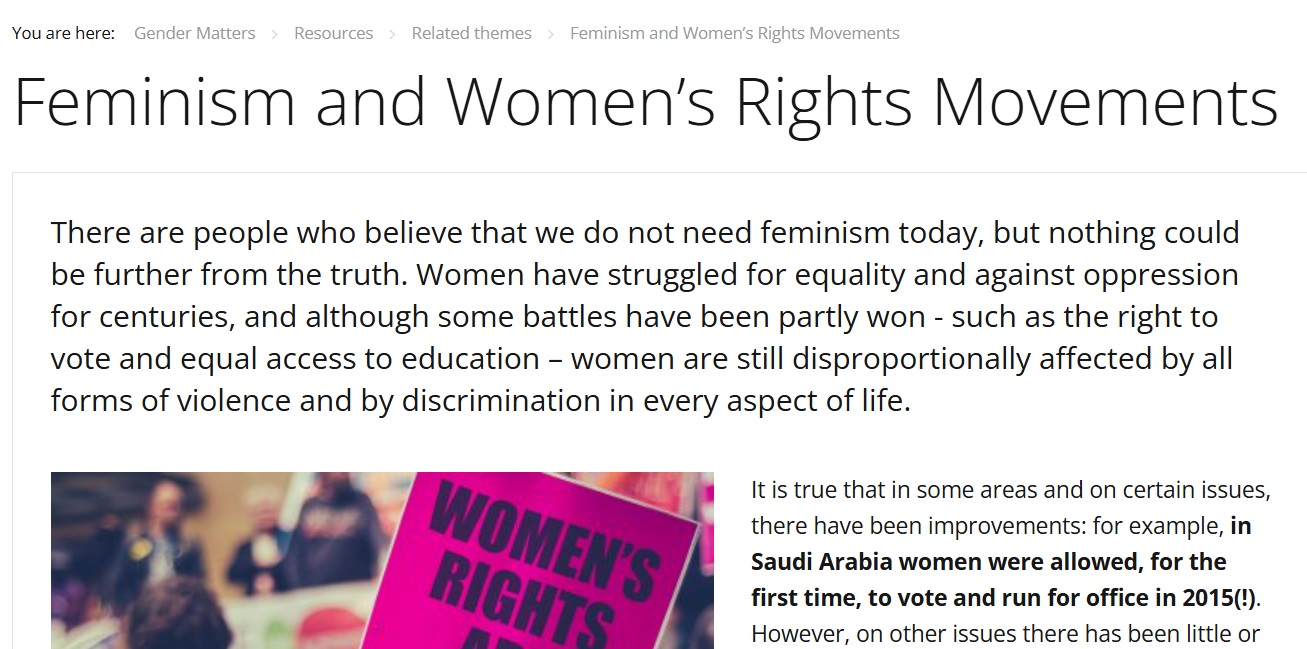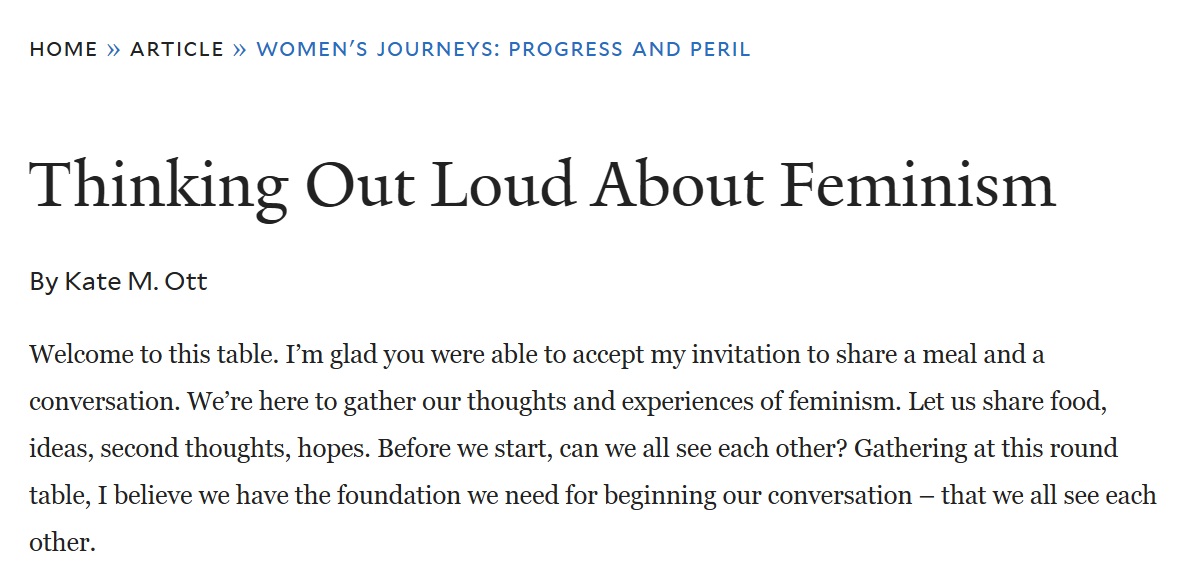Feminism and Women's Rights Movements

This article provides an in-depth exploration of the definition of feminism, its historical development (including three waves and cyberfeminism), and its importance in contemporary society. It details the various forms of gender discrimination and explains why specific women's rights are necessary, emphasizing that women's rights are human rights.
Related Topics
Feminism and Women’s Rights Movements
This article provides an in-depth exploration of the historical evolution of feminism, its core concepts, and its importance in contemporary society, noting that despite progress in some areas, women worldwide continue to face serious discrimination and oppression.
The Nature and History of Feminism
Definition: Feminism is a movement aimed at ending gender discrimination, exploitation, and oppression, and achieving complete gender equality in law and practice. It is not exclusive to any specific gender or sexual orientation, but is composed of all who identify with this ideal.
Origins and Early Movements: As early as the 15th century, Italian writer Christine de Pizan questioned stereotypes about women. During the French Revolution in the 18th century, Olympe de Gouges wrote the “Declaration of the Rights of Woman,” but was executed for it. In the 19th century, women’s movements in North America and Europe began to develop organizationally, aiming to improve the social status of all women.
The Three Waves of Feminism
First-Wave Feminism: Primarily occurring from the late 19th to early 20th century, the core focus was on securing women’s suffrage (the suffrage movement). By the 1920s, most European and American countries had granted women the right to vote.
Second-Wave Feminism: Revived in Western countries in the 1970s, aiming for “women’s liberation.” It included different schools of thought: * Liberal Feminism: Advocated for equality through legal and institutional reform. * Radical Feminism: Viewed patriarchy as the fundamental cause of women’s oppression, focusing on violence against women. * Socialist Feminism: Believed that the combination of capitalism and patriarchy led to women’s oppression. * During this period, women’s studies became a university discipline, and it facilitated the drafting of international documents such as the Convention on the Elimination of All Forms of Discrimination Against Women (CEDAW).
Third-Wave Feminism: Beginning in the United States in the 1990s, it was a response to conservative backlash. Its characteristics included: * Intersectionality: Greater focus on the overlapping forms of oppression including race, class, gender, and sexual orientation. * Global Perspective: Emphasis on the status of women worldwide. * Active Media Utilization: Through blogs and online magazines, bringing feminism into everyday public life.
Fourth-Wave Feminism and Cyberfeminism
Cyberfeminism: Beginning with third-wave feminism, it utilizes the internet, cyberspace, and new media technologies for theorization, critique, and practice.
Networked Feminism: Refers to mobilizing people online to take action against gender discrimination and violence, such as the #MeToo movement in 2017.
Definition and Types of Gender Discrimination
Definition: Behavior that judges, discriminates against, or treats others differently based on gender. While it also applies to men, women are more deeply affected by it.
Types: The article categorizes gender discrimination into three types: * Traditional Gender Discrimination: Supports traditional gender roles, viewing women as inferior to men. * Modern Gender Discrimination: Denies the existence of gender discrimination and holds negative attitudes toward women’s rights movements. * New Gender Discrimination: Uses “capability” as justification for discrimination, claiming men are “naturally better suited” for certain positions.
Women’s Rights and Human Rights
The article concludes by emphasizing that women’s rights are human rights. Although existing human rights documents apply universally, because women face specific discrimination and violence based on their gender, it is necessary to develop specialized treaties and documents to ensure they can fully enjoy human rights.
This article was summarized and written by Gemini based on the article “Feminism and Women’s Rights Movements.”
Related Articles

女性主义与妇女权利运动
本文深入探讨了女性主义的定义、历史发展(包括三次浪潮和网络女权主义),以及其在当今社会中的重要性,并详细解释了性别歧视的多种形式以及为什么需要专门的妇女权利,强调妇女权利就是人权。

Thinking Out Loud About Feminism
Through a fictional roundtable dialogue, this article explores diverse feminist perspectives, internal tensions, and the profound impact of issues like race, class, and gender identity on contemporary feminism.

大声思考女性主义
通过一场虚构的圆桌对话,本文探讨了女性主义的多样化视角、内部的张力,以及种族、阶级、性别认同等议题对当代女性主义的深刻影响。
Support Our Work
If this content has been helpful to you, please consider supporting us to continue curating quality feminist resources
☕ Buy me a coffee讨论与评论
分享您对这篇文章的看法和感受
加入讨论
分享您对这篇文章的看法和感受
加载评论中...